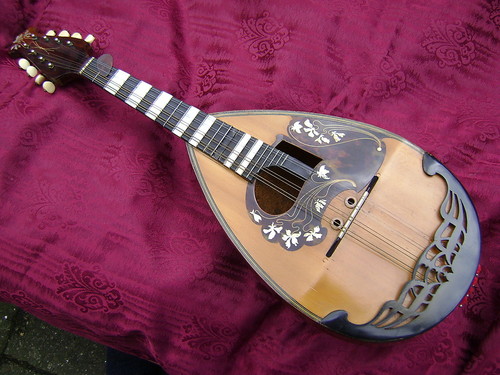How to Crosspick on the Mandolin

Mandolin is a musical instrument from the lute family, which comprises of all the instruments that need to be strummed or plucked to produce music.
Crosspicking on a mandolin is a method of playing music in a way that the strings should be plucked individually, in order to produce the sound, rather than playing the chords.
The crosspicking method is the best way to produce classical and identifiable music from mandolin. It can be done in a fast or slow pattern, depending on your preference.
If you know the basics of playing mandolin, then it will be really easy for you to crosspick on your favourite musical instrument.
Instructions
-
1
First of all, you need to select a flat pick, as for all crosspicking patterns, flat picks work best. You should choose a music that is especially marked for upstrokes and down strokes for the notes that need to be picked in order to produce the music. This will help you in identifying which way you will need to place your pick against the chord and produce the perfect sound.
-
2
Once you are done with selecting a pick and the music, you can choose a crosspicking pattern that you want to use to produce a sound. If you are a beginner, then you should try to play alternating strings, or you can also blend two strings.
If you want to blend two strings, choose a 2-string pick to produce a perfect sound. -
3
Now you can start plucking the strings one by one. First, you need to pluck the last string, also known as the “E” string. You can then pluck the second string, followed by the fourth one. Thereafter, you can get back to the last string and pluck it once again. Pluck the second, followed by the fourth and end your pattern with the second string.
-
4
You can pluck the E and G strings simultaneously, prior to plucking the second string. You can then pluck the third string, before getting back to the E string once again.
-
5
You can also play an open D, before playing D. Right after that, you can press the second fret present on the E string and keep it there, before repeating the whole step.







